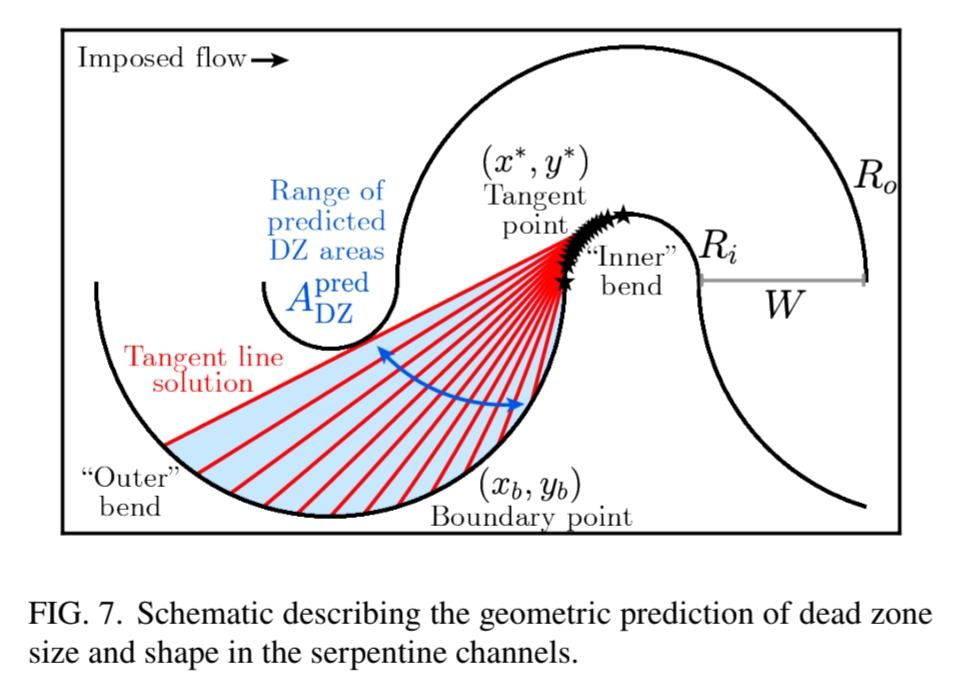<< ️This (AA) article presents (their) experimental study of the nonlinear destabilization of an internal wave standing mode in a uniformly stratified fluid within a rectangular domain. (They) measure the linear response of the system and target its resonances to generate a high-amplitude standing mode, prone to instabilities. Using modal decomposition tools, (They) determine the characteristics of the secondary waves and show that they have a standing-mode spatial structure. Box resonance conditions associated with nonlinear resonance conditions lead to a significant deviation from the internal wave dispersion relation and complex nonlinear interaction dynamics. >>
<< Following previous work, (AA) develop a weakly nonlinear analysis to understand the secondary wave characteristics. This approach, validated by experimental results, shows that the secondary wave characteristics as well as the general nonlinear dynamics are highly sensitive to the domain geometry and to the forcing mode. >>
Julie Deleuze, Ilias Sibgatullin, Philippe Odier, Sylvain Joubaud. Triadic instabilities of internal wave standing modes. Phys. Rev. Fluids 10, 124803. Dec 8, 2025.
Also: waves, instability, in https://www.inkgmr.net/kwrds.html
Keywords: gst, waves, instability.










